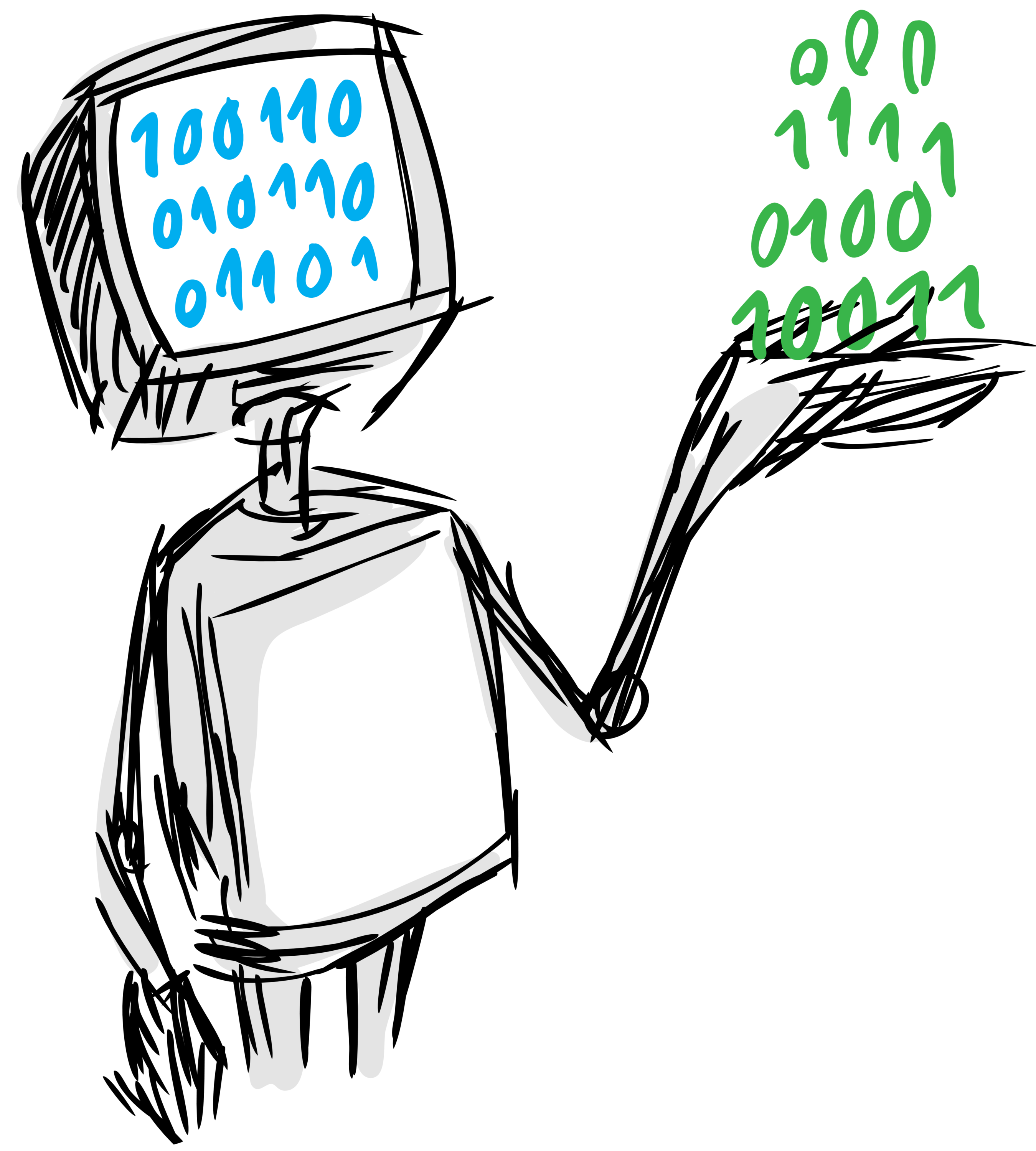
Pipelines and Primitives for Machine Learning and Data Science.
- Free software: MIT license
- Documentation: https://HDI-Project.github.io/MLBlocks
- Homepage: https://github.com/HDI-Project/MLBlocks
MLBlocks
MLBlocks is a simple framework for composing end-to-end tunable Machine Learning Pipelines by seamlessly combining tools from any python library with a simple, common and uniform interface.
Features include:
- Build Machine Learning Pipelines combining any Machine Learning Library in Python.
- Access a repository with hundreds of primitives and pipelines ready to be used with little to no python code to write, carefully curated by Machine Learning and Domain experts.
- Extract machine-readable information about which hyperparameters can be tuned and within which ranges, allowing automated integration with Hyperparameter Optimization tools like BTB.
- Complex multi-branch pipelines and DAG configurations, with unlimited number of inputs and outputs per primitive.
- Easy save and load Pipelines using JSON Annotations.
Install
Requirements
MLBlocks has been developed and tested on Python 3.5 and 3.6
Also, although it is not strictly required, the usage of a virtualenv is highly recommended in order to avoid interfering with other software installed in the system where MLBlocks is run.
These are the minimum commands needed to create a virtualenv using python3.6 for MLBlocks:
pip install virtualenv
virtualenv -p $(which python3.6) mlblocks-venvAfterwards, you have to execute this command to have the virtualenv activated:
source mlblocks-venv/bin/activateRemember about executing it every time you start a new console to work on MLBlocks!
Install with pip
After creating the virtualenv and activating it, we recommend using pip in order to install MLBlocks:
pip install mlblocksThis will pull and install the latest stable release from PyPi.
Install from source
Alternatively, with your virtualenv activated, you can clone the repository and install it from
source by running make install on the stable branch:
git clone [email protected]:HDI-Project/MLBlocks.git
cd MLBlocks
git checkout stable
make installInstall for Development
If you want to contribute to the project, a few more steps are required to make the project ready for development.
First, please head to the GitHub page of the project and make a fork of the project under you own username by clicking on the fork button on the upper right corner of the page.
Afterwards, clone your fork and create a branch from master with a descriptive name that includes the number of the issue that you are going to work on:
git clone [email protected]:{your username}/MLBlocks.git
cd MLBlocks
git branch issue-xx-cool-new-feature master
git checkout issue-xx-cool-new-featureFinally, install the project with the following command, which will install some additional dependencies for code linting and testing.
make install-developMake sure to use them regularly while developing by running the commands make lint and make test.
MLPrimitives
In order to be usable, MLBlocks requires a compatible primitives library.
The official library, required in order to follow the following MLBlocks tutorial, is MLPrimitives, which you can install with this command:
pip install mlprimitivesQuickstart
Below there is a short example about how to use MLBlocks to create a simple pipeline, fit it using demo data and use it to make predictions.
Please make sure to also having installed MLPrimitives before following it.
For advance usage and more detailed explanation about each component, please have a look at the documentation
Creating a pipeline
With MLBlocks, creating a pipeline is as simple as specifying a list of primitives and passing
them to the MLPipeline class.
>>> from mlblocks import MLPipeline
... primitives = [
... 'cv2.GaussianBlur',
... 'skimage.feature.hog',
... 'sklearn.ensemble.RandomForestClassifier'
... ]
>>> pipeline = MLPipeline(primitives)Optionally, specific initialization arguments can be also set by specifying them in a dictionary:
>>> init_params = {
... 'skimage.feature.hog': {
... 'multichannel': True,
... 'visualize': False
... },
... 'sklearn.ensemble.RandomForestClassifier': {
... 'n_estimators': 100,
... }
... }
>>> pipeline = MLPipeline(primitives, init_params=init_params)If you can see which hyperparameters a particular pipeline is using, you can do so by calling
its get_hyperparameters method:
>>> import json
>>> hyperparameters = pipeline.get_hyperparameters()
>>> print(json.dumps(hyperparameters, indent=4))
{
"cv2.GaussianBlur#1": {
"ksize_width": 3,
"ksize_height": 3,
"sigma_x": 0,
"sigma_y": 0
},
"skimage.feature.hog#1": {
"multichannel": true,
"visualize": false,
"orientations": 9,
"pixels_per_cell_x": 8,
"pixels_per_cell_y": 8,
"cells_per_block_x": 3,
"cells_per_block_y": 3,
"block_norm": null
},
"sklearn.ensemble.RandomForestClassifier#1": {
"n_jobs": -1,
"n_estimators": 100,
"criterion": "entropy",
"max_features": null,
"max_depth": 10,
"min_samples_split": 0.1,
"min_samples_leaf": 0.1,
"class_weight": null
}
}Making predictions
Once we have created the pipeline with the desired hyperparameters we can fit it and then use it to make predictions on new data.
To do this, we first call the fit method passing the training data and the corresponding labels.
In this case in particular, we will be loading the handwritten digit classification dataset
from USPS using the mlblocks.datasets.load_usps method, which returns a dataset object
ready to be played with.
>>> from mlblocks.datasets import load_usps
>>> dataset = load_usps()
>>> X_train, X_test, y_train, y_test = dataset.get_splits(1)
>>> pipeline.fit(X_train, y_train)Once we have fitted our model to our data, we can call the predict method passing new data
to obtain predictions from the pipeline.
>>> predictions = pipeline.predict(X_test)
>>> predictions
array([3, 2, 1, ..., 1, 1, 2])What's Next?
If you want to learn more about how to tune the pipeline hyperparameters, save and load the pipelines using JSON annotations or build complex multi-branched pipelines, please check our documentation.
History
In its first iteration in 2015, MLBlocks was designed for only multi table, multi entity temporal data. A good reference to see our design rationale at that time is Bryan Collazo’s thesis:
- Machine learning blocks. Bryan Collazo. Masters thesis, MIT EECS, 2015.
With recent availability of a multitude of libraries and tools, we decided it was time to integrate them and expand the library to address other data types: images, text, graph, time series and integrate with deep learning libraries.

